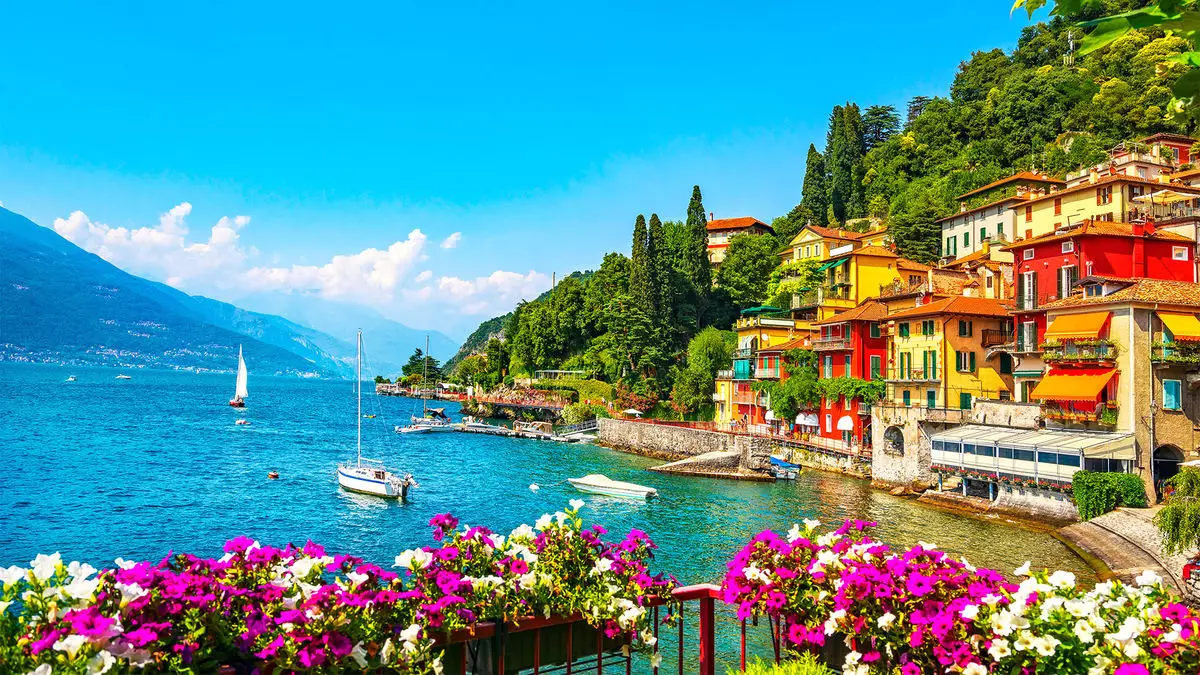The luxury hotel market is experiencing a remarkable transformation, marked by an increase in high-end properties charging $1,000 or more per night. This trend represents a significant departure from traditional pricing structures in hospitality, suggesting a noteworthy shift in consumer behavior and market dynamics. Recent studies by CoStar have highlighted this phenomenon, revealing a substantial uptick in the number of hotels across key regions, including the United States, Italy, and France, achieving or exceeding this price point consistently.
In the U.S., the number of hotels with an average daily rate (ADR) surpassing $1,000 has escalated dramatically, jumping from just 22 properties in 2019 to nearly 80 by mid-2023. Italy has experienced a similar surge, with upscale offerings increasing from under 20 establishments to around 70 in the same timeframe. France’s hospitality scene has also seen growth, climbing from approximately 20 to nearly 50 such high-end accommodations. However, these figures likely represent a conservative estimate, considering that CoStar’s analysis tends to overlook many smaller boutique hotels and ultraluxury options, which could lead to a more profound understanding of the industry’s premium segment.
The broad implications of this trend have not gone unnoticed within industry circles. The column by a Wall Street Journal writer expressed surprise at these statistics, encapsulating the astonishment that many feel regarding the evolving landscape of luxury travel. Insights from Jan Freitag, the Senior Vice President of lodging insights for STR, paint a picture of a hospitality market bifurcating into two distinct tiers: a flourishing upper end and a struggling lower end. This bifurcation implies that while high-end establishments are thriving, budget accommodations face downward pressure, particularly as inflation continues to erode disposable income for many consumers.
Freitag further elaborates on the growing segregation within the luxury market, noting that there exists a delineation between luxury and ultraluxury properties. The ultraluxury sector appears to operate on a different plane, as consumers with considerable funds are willing to pay for unparalleled experiences. As Freitag points out, the mantra in this ultra-exclusive segment seems to revolve around customization and immediacy: patrons desire to have their demands met instantly and are prepared to invest significantly in their aspirations.
Peter Ricci, director of the hospitality and tourism management program at Florida Atlantic University, observes that this trend isn’t limited to traditional hotbeds of luxury like Paris or New York. Regions such as Palm Beach and Boca Raton are witnessing similar increases in premium hotel rates, which may alter perceptions among travelers who expect to find value outside conventional luxury hubs. This shift indicates a broader democratization of luxury travel, pushing rates upward across various markets.
Impact on Consumer Behavior and Travel Plans
While the growth in high-end accommodations offers new opportunities for wealthier travelers, it can pose challenges for others. Travel advisor Beth Washington highlights the impact of skyrocketing hotel rates on her clients. Customers who initially booked upscale options at reasonable prices pre-pandemic now find themselves grappling with dramatically increased rates, compelling some to reevaluate their entire travel agendas. The original pricing of five-star accommodations that once fell between $612 and $723 per night has inflated to astronomical heights, with some exceeding $1,660. Such shifts can complicate travel plans, leading to compromises where clients opt for fewer luxury hotels or downgrade their stays to remain within budget.
Washington’s insights present a dual narrative; while many customers adjust their expectations, there is also an opportunity for savvy travel advisors. The spike in hotel prices has been accompanied by heightened demand for expert consultation in navigating this new landscape, allowing advisors to bolster their revenues by providing tailored, value-added services to clients facing increasing complexity in travel planning.
The Future of Luxury Accommodations
As the luxury hotel market continues to navigate an evolving landscape, it remains uncertain whether the current sharp increase in high-end rates will maintain its trajectory. Sarah Fazendin from Videre Travel indicates a leveling off in prices, potentially signaling a stabilization period for luxury travel. Economic dynamics, consumer sentiment, and broader market trends will dictate the future trajectory of this sector, necessitating ongoing analysis and adaptation by industry stakeholders.
The luxury hotel market is witnessing an unprecedented wave of accommodation priced at $1,000 or more per night, reflecting a changing ethos in travel and hospitality. While opportunities flourish for the upper crust of the market, increased rates prove challenging for many travelers, underscoring the necessity for flexibility and guidance in a rapidly evolving tourism landscape.


Leave a Reply